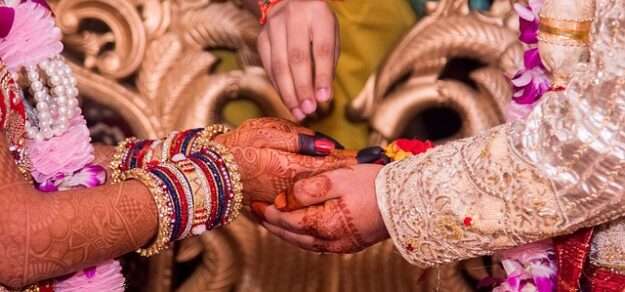Engaging Indian learners in conversation using wedding cards and party invitations can be an effective way to integrate cultural elements into language learning. Here are some pointwise instructions and methods to implement:
- Cultural Context:
- Start by discussing the significance of wedding cards and party invitations in Indian culture. Explain their importance in conveying information about events, traditions, and ceremonies.
- Vocabulary Introduction:
- Introduce key vocabulary related to weddings and parties such as “wedding invitation,” “RSVP,” “venue,” “date,” “time,” “attire,” “celebration,” “festivities,” etc. Provide visual aids or flashcards to reinforce learning.
- Authentic Materials:
- Provide learners with copies of real Indian wedding cards and party invitations. These can be sourced from local stationery shops, online platforms, or personal collections. Ensure sensitive information is redacted for privacy.
- Reading Practice:
- Have learners read the wedding cards and party invitations aloud. Encourage them to focus on pronunciation, intonation, and fluency. Provide assistance with any unfamiliar words or phrases.
- Comprehension Questions:
- Ask comprehension questions based on the content of the cards. For example:
- What is the occasion mentioned on the card?
- Where and when is the event taking place?
- What are the instructions for attendees?
- Are there any special requests or dress codes mentioned?
- What cultural elements can you identify from the invitation?
- Ask comprehension questions based on the content of the cards. For example:
- Discussion Prompts:
- Use discussion prompts to encourage conversation among learners. For instance:
- Share your experiences attending weddings or parties. What was memorable about them?
- Discuss the differences between wedding customs in different regions of India.
- Talk about your favorite part of attending weddings or parties.
- Use discussion prompts to encourage conversation among learners. For instance:
- Role-Playing Activities:
- Divide learners into pairs or small groups and assign roles such as the host and the guest. Have them role-play scenarios based on the invitations, including accepting or declining the invitation, asking for clarification, or discussing travel arrangements.
- Cultural Comparisons:
- Encourage learners to compare Indian wedding customs and party traditions with those of their own culture. Discuss similarities and differences in ceremonies, rituals, and celebrations.
- Writing Practice:
- Assign writing tasks where learners create their own wedding cards or party invitations. They can use the vocabulary and phrases learned during the activity. Encourage creativity and attention to detail.
- Reflection and Feedback:
- Conclude the activity with a reflection session where learners share their thoughts, feedback, and insights gained from the conversation using wedding cards and party invitations. Provide constructive feedback on language use and communication skills.
By integrating authentic cultural materials like wedding cards and party invitations, learners can engage in meaningful conversations while gaining insights into Indian customs and traditions. These activities not only enhance language skills but also foster cultural awareness and appreciation.

